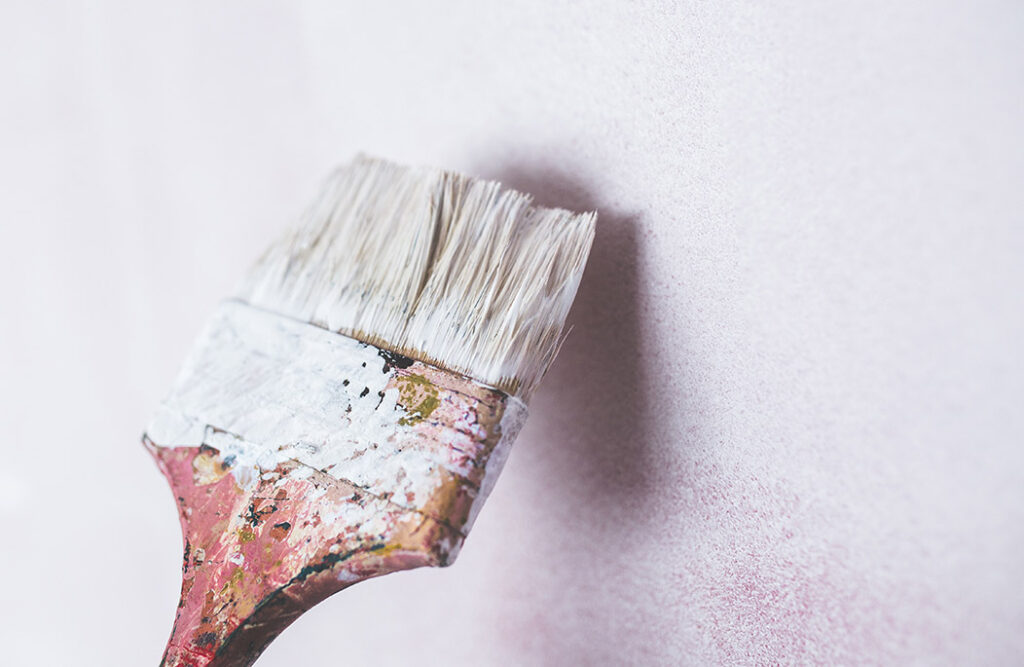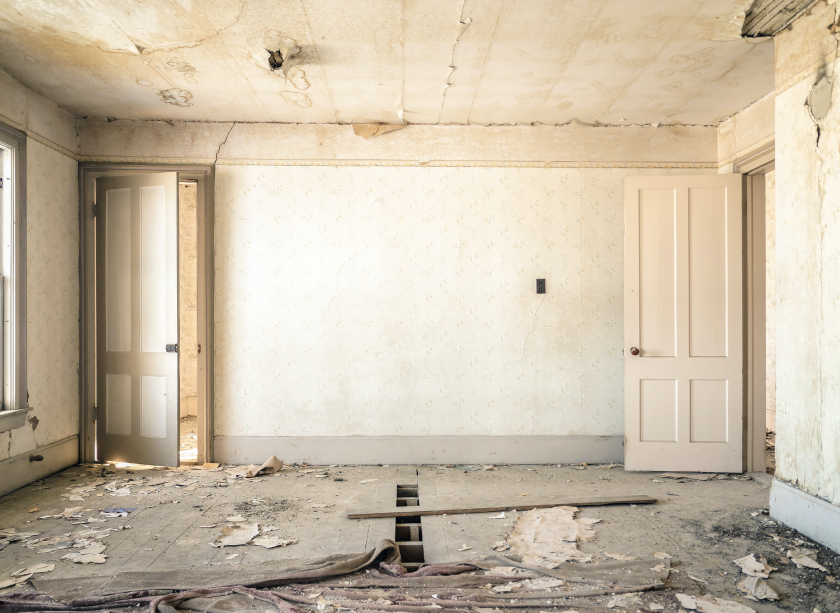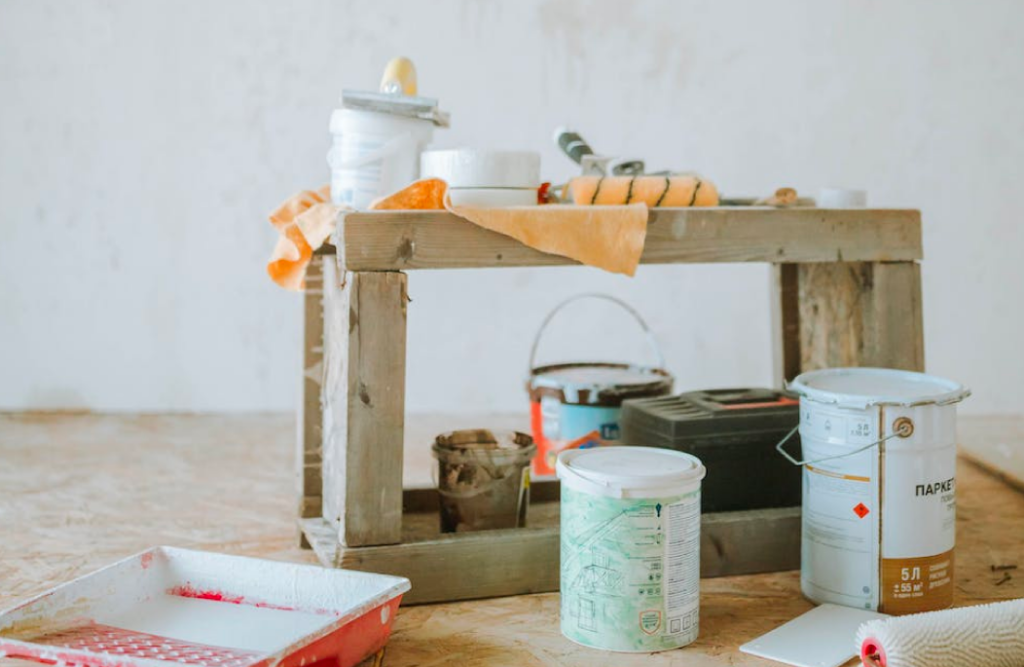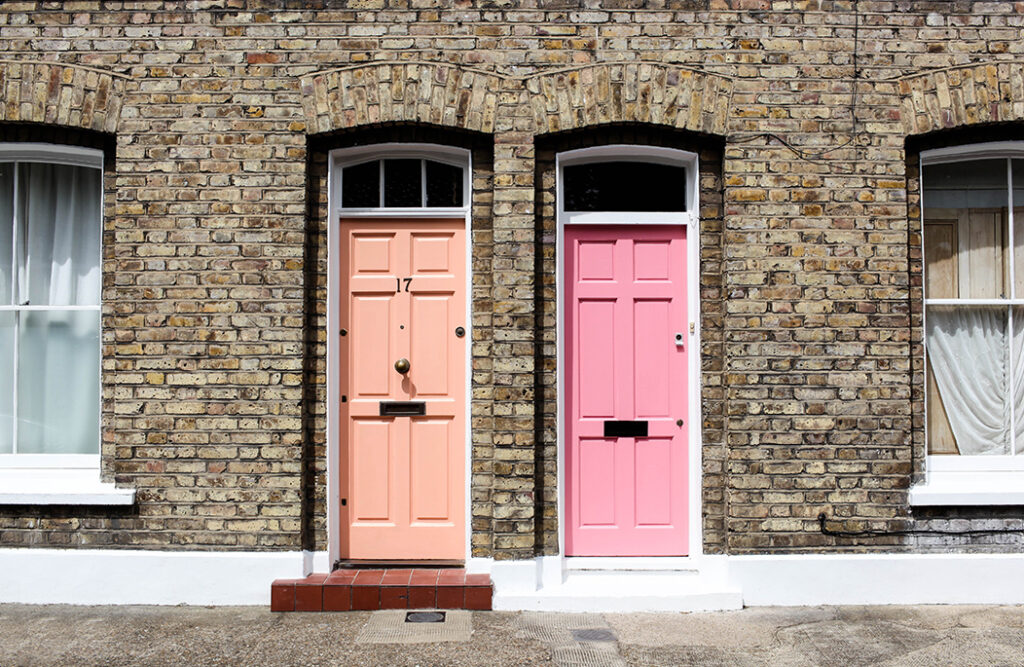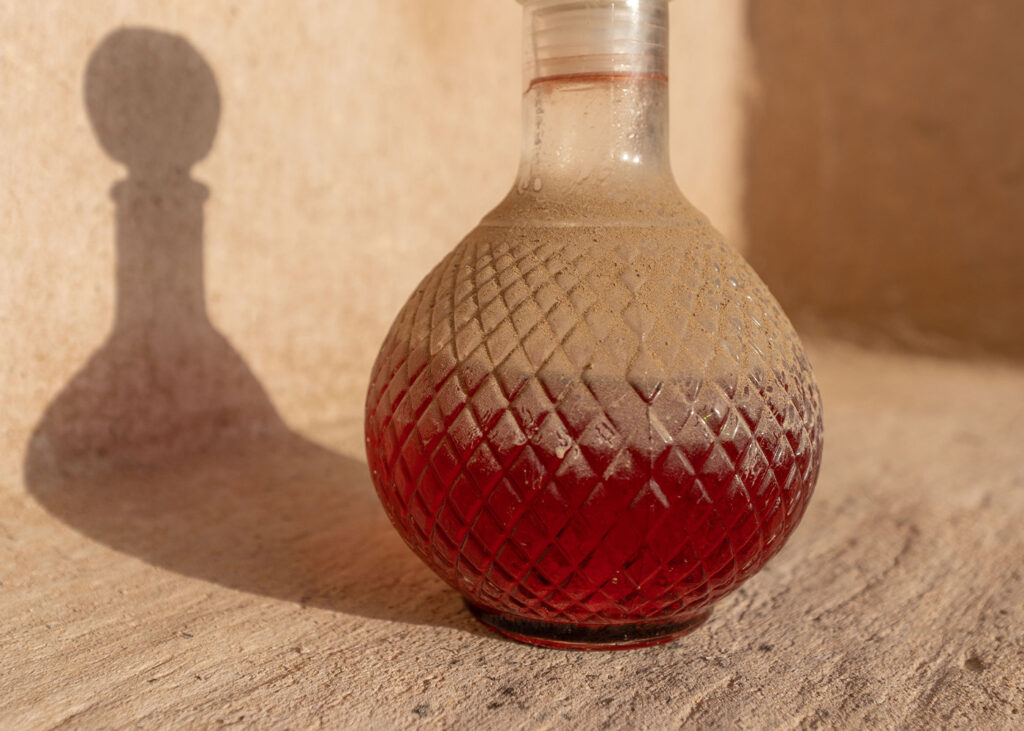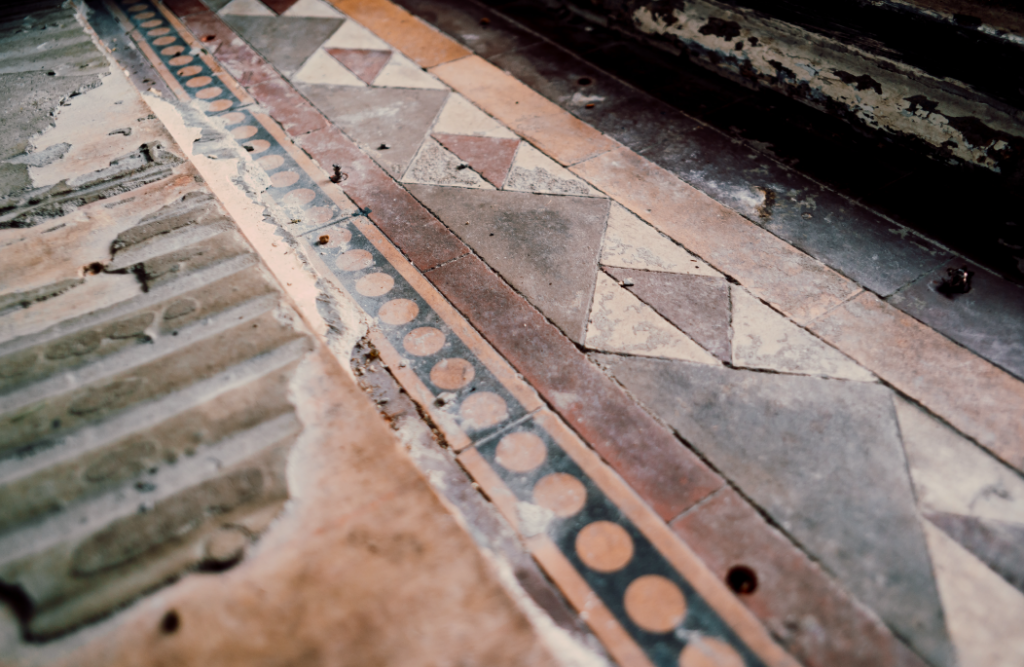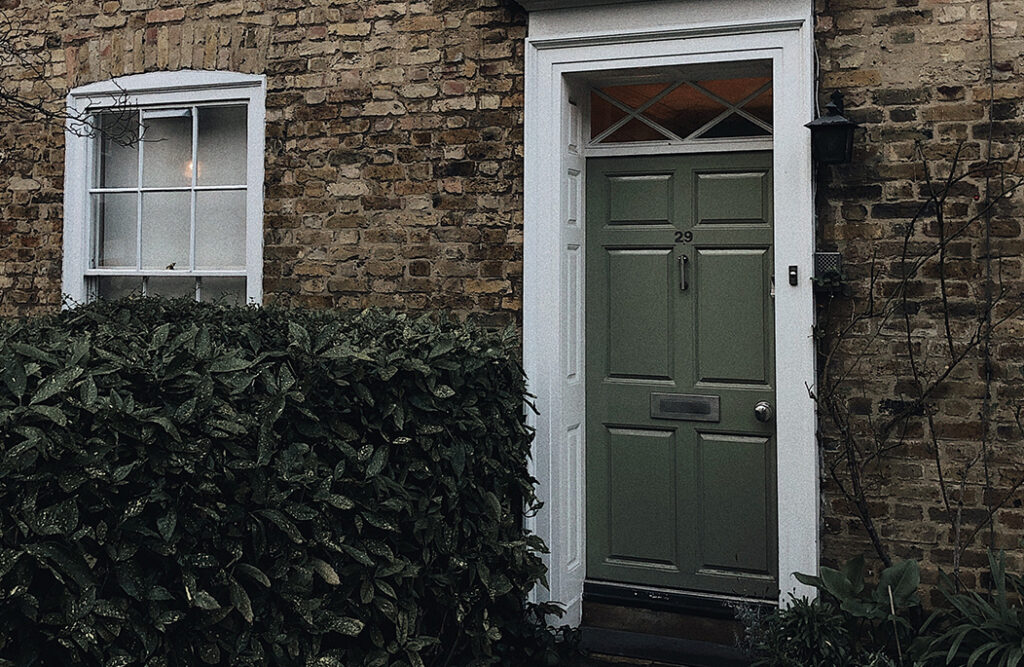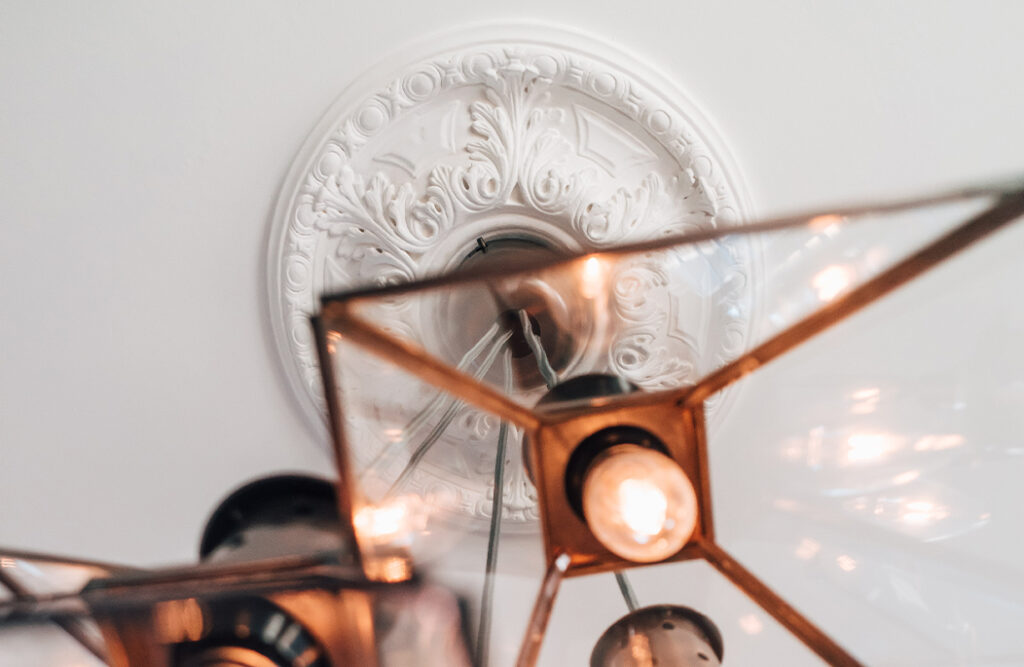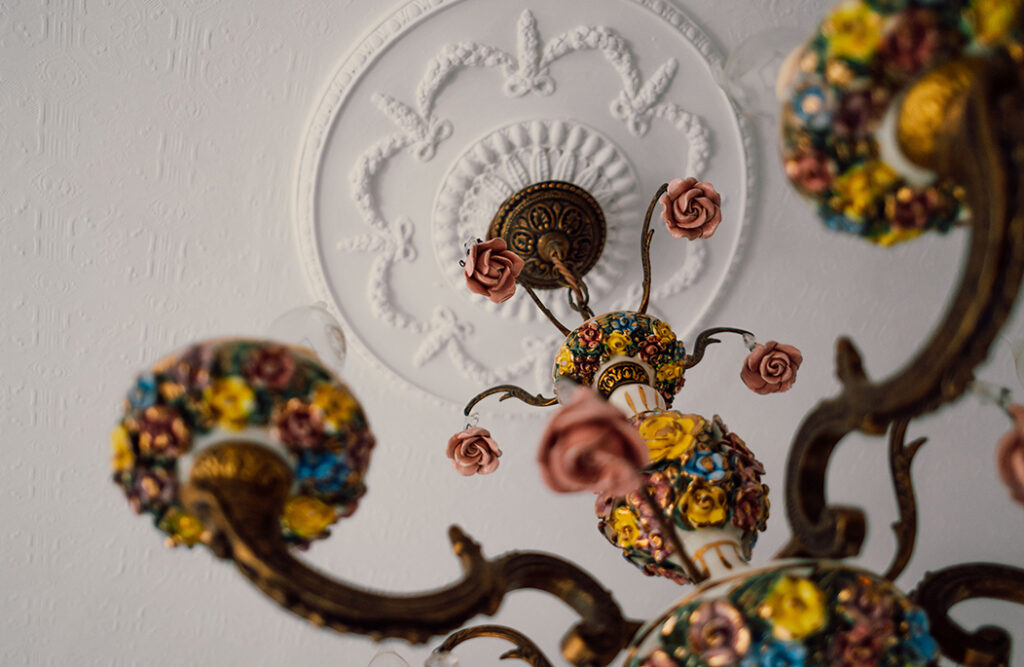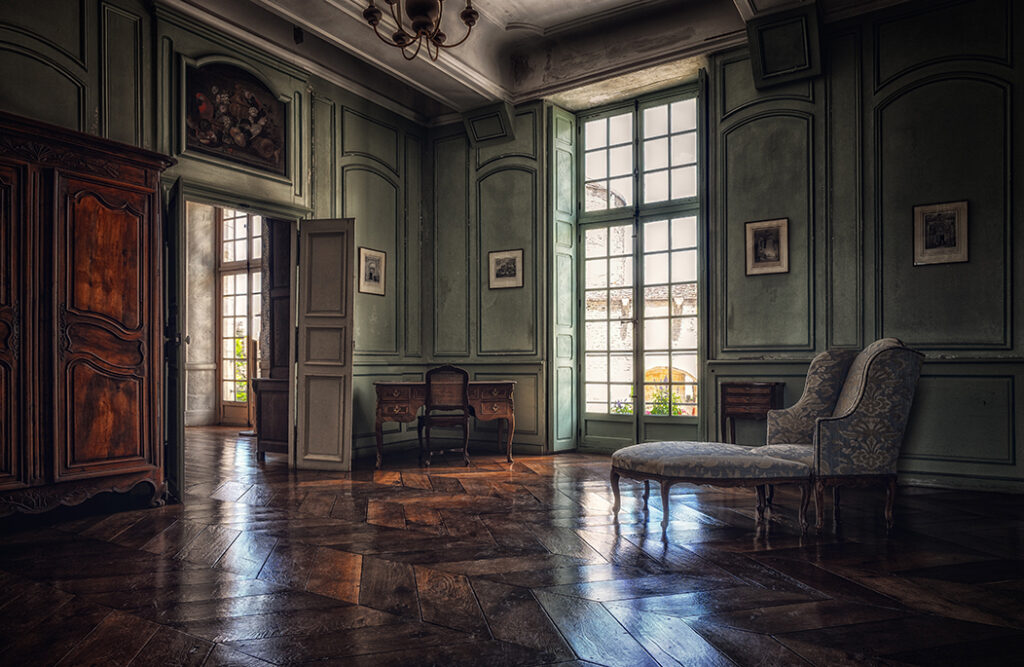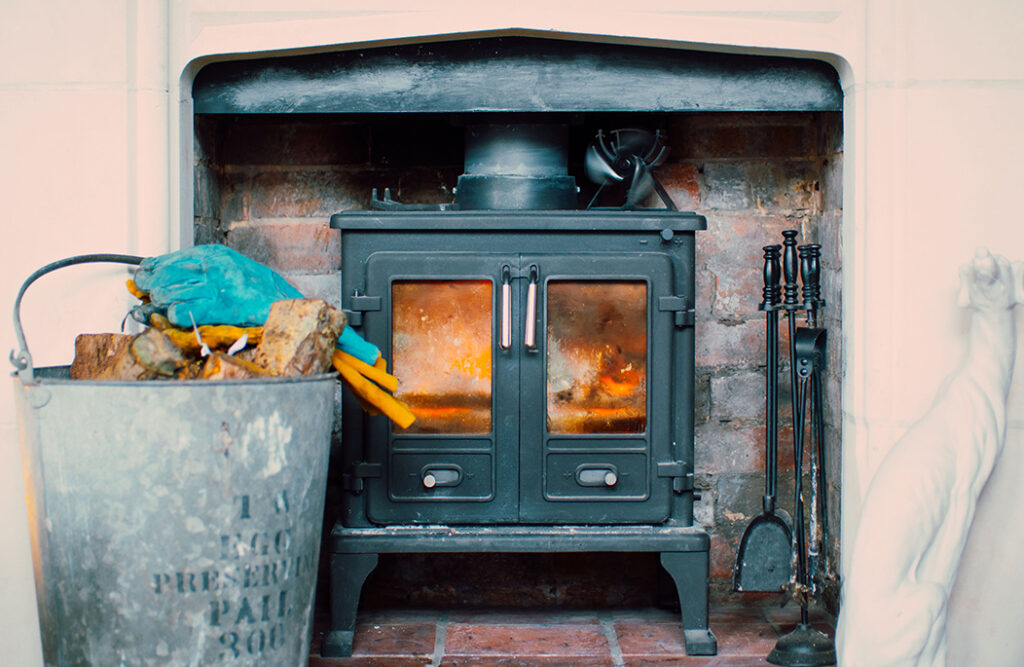The perils of decorating with lead-based paints were identified 50 years ago and lead paint was eventually banned completely in 1978 — so why is lead paint still dangerous today?
Unless your home was built after 1978, you can assume it has some lead residue within it. If you live in a Victorian home you should know it would have been painted from top to bottom with lead-based paint.
Here the insurance experts at Adrian Flux answer your questions about the dangers of lead paint and how to remove it from your Victorian Home.
When did lead paint stop being used?
Lead paint was banned in 1978, meaning that homes built before this time may still contain the paint.
Why is lead-based paint dangerous?
The Victorians were in blissful ignorance about the dangers of lead paint and it was used freely in the home and workplace and even children’s toys were painted with it.
But it has since been established that lead is a highly toxic metal that can cause a range of health problems, especially in young children and pregnant women.
When lead is ingested and absorbed into the body, it can damage the brain and other vital organs, such as the kidneys, nerves and blood. Lead may also cause behavioral problems, learning disabilities, seizures and in extreme cases, death. Lesser symptoms of lead poisoning include headaches, stomachaches, nausea, tiredness and irritability.
download the full victorian homes ebook
Download Victorian Homes, a free ebook created by Adrian Flux insurance services. It is full of Victorian house facts, tips on how to create a Victorian style house — even if you live in a new-build home — and advice on where to source original Victorian and reproduction fixtures, fittings, furniture, accessories and art.
How do children ingest lead?
Flakes of deteriorating paint mix with household dust and soil and children can get lead poisoning if they put their hands or other contaminated objects in their mouths or by playing in lead contaminated soil. In some cases they can even suffer contamination by simply breathing in lead particulates carried in the air.
Is lead paint dangerous to adults?
Although children and pregnant women are most at risk from developing health problems caused by lead paint, it can affect people of any age. The paint can also affect animals.
Is lead paint ever safe?
Lead paint in your Victorian home may be trapped beneath layers and layers of newer non lead-based paint. If the surfaces are in good condition the lead will be fully contained and quite safe.
However, if you have plans for renovations or serious decoration and there is a danger the bottom layers of paint will be chipped or otherwise disturbed, you will need to address the danger it will present. The lead paint will need to be fully removed before decoration can begin.

How do I identify if lead paint is in my home?
If your home was built before 1978, chances are that the property used lead paint. However, this might have been removed from previous owners, so how can you tell if your house is lead paint-free?
The best way to identify if lead paint is present in your home is to get a survey from an inspector specialised in identifying lead-based paint.
If the paint is starting to peel, you can also identify lead paint by the way it’s peeling. Most lead paints will peel in a pattern that looks like alligator scales. You might also find that paint that’s rubbing off will have a chalky residue – but bear in mind that if the wall has been repainted, this might not be as obvious.
How do I remove lead paint safely?
Lead paint needs to be removed without creating dust or fumes. Try solvent or caustic-based liquid strippers – remember that if you use a hot air gun, the problem paint will give off fumes.
You must wear protective clothing, gloves and a good quality face mask with a filter which conforms to Health & Safety Executive guidelines. Restrict access to the area in which you will be working — don’t let anyone in, particularly children or pregnant women.
If practical, remove all furniture and carpets, or cover them completely with thick dust sheets. After taking most of the paint off, moisten the surface and smooth it with a waterproof abrasive paper rather than dust-creating sandpaper.
When you’ve finished, put the clothes you’ve been working in into a sealed plastic bag, wash your hands and any other bare skin well and then put the paint you’ve removed and any which has collected on the floor in a sealed plastic bag and put it out with the rubbish.
Clean the room you’ve been working in and any coverings used with water and detergent, wash the clothes you wore separately to any others. Machine wash any dust sheets used.
You will also need to ensure all dust has been removed from the room. You may need to hire a specialist industrial standard vacuum cleaner to do this.
Still worried? More help is at hand
For more help, the Department of the Environment, Food and Rural Affairs has compiled an e-leaflet advising how to deal with lead paint in old homes and advice from the Health & Safety Executive can be found here.
It’s worth referring to the health and safety experts to ensure the job is done correctly. And it’s worth referring to the insurance experts when you want to find suitable cover for your Victorian home.
Adrian Flux is a specialist insurance compnay offering bespoke cover for all period and Victorian homes. Call 0800 369 8590 got a fast and hassle-free quote.
Our home insurance customers saved an average of 31% in 2021 when taking out a policy with us. See how much you could save by giving us a call.
